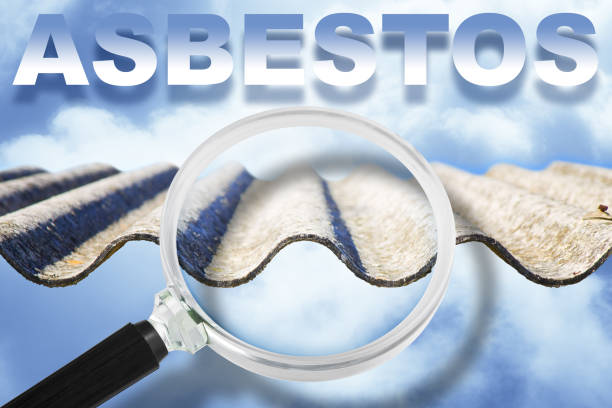Asbestos exposure is a significant health concern that remains prevalent due to the enduring presence of this hazardous material in various environments. Understanding the causes of asbestos exposure is crucial for taking proactive measures to safeguard your health and reduce risk.
This article will explore five major causes of asbestos exposure.
Environmental Exposure
Environmental exposure to asbestos can occur naturally or through human activities. Asbestos is a naturally occurring mineral found in rocks and soil, and in some regions, it can be released into the air through natural weathering processes. Living in areas with high natural deposits of asbestos increases your risk of exposure, as the fibers can become airborne and inhaled. In addition to natural sources, environmental exposure can occur near facilities that process asbestos-containing materials.
Secondary Exposure
Secondary exposure to asbestos occurs when individuals are indirectly exposed to asbestos fibers. This typically happens when someone who works with or around asbestos unknowingly brings the fibers home on their clothing, hair, or skin, putting their family members at risk. This form of exposure is often referred to as “bystander exposure.” For example, if you live with someone who works in the construction industry or at a shipyard where asbestos is still present, you may be at risk of secondary exposure. The fibers can settle on household surfaces or become airborne, posing a significant health hazard to anyone in the vicinity.
Asbestos in Consumer Products
Asbestos was extensively used in a wide range of consumer products due to its heat-resistant properties. Although its use has declined significantly, some older products and even a few modern ones may still contain asbestos, posing a risk to consumers. Common household items that may contain asbestos include certain types of insulation, flooring materials, and even some automotive parts like brakes and clutches. While new regulations have limited the use of asbestos in many products, older homes and vehicles may still harbor these hazardous materials. To protect yourself from exposure through consumer products, you might conduct thorough research before purchasing items, particularly if they are second-hand or vintage.
Renovation and Demolition Activities
Renovation and demolition activities in older buildings pose a significant risk for asbestos exposure. During these processes, materials containing asbestos can be disturbed, releasing fibers into the air. This exposure is particularly dangerous for construction workers, homeowners, and anyone in the vicinity of the renovation site. If you plan to renovate an older home, it’s essential to determine whether asbestos is present in materials such as insulation, flooring, or ceiling tiles. Engaging professionals to conduct an asbestos survey before beginning any work can help identify potential hazards. If asbestos is found, hiring a licensed asbestos abatement contractor to handle removal is crucial.
Occupational Exposure
Occupational exposure remains one of the most significant causes of asbestos-related health issues. Workers in industries such as construction, shipbuilding, and manufacturing are at a heightened risk of encountering asbestos in their daily tasks. Even with current regulations and safety protocols, the legacy of asbestos use in these sectors may continue to pose a threat. If you work in an industry with a high risk of asbestos exposure, it’s crucial to follow all safety guidelines provided by your employer. In cases where occupational exposure has led to health issues, pursuing an asbestos lawsuit may be explored as an option to try to seek compensation for medical expenses and other related costs.
Conclusion
Understanding the causes of asbestos exposure is essential for safeguarding your health and the well-being of those around you. By recognizing the risks, you can take proactive steps to minimize your risk.


